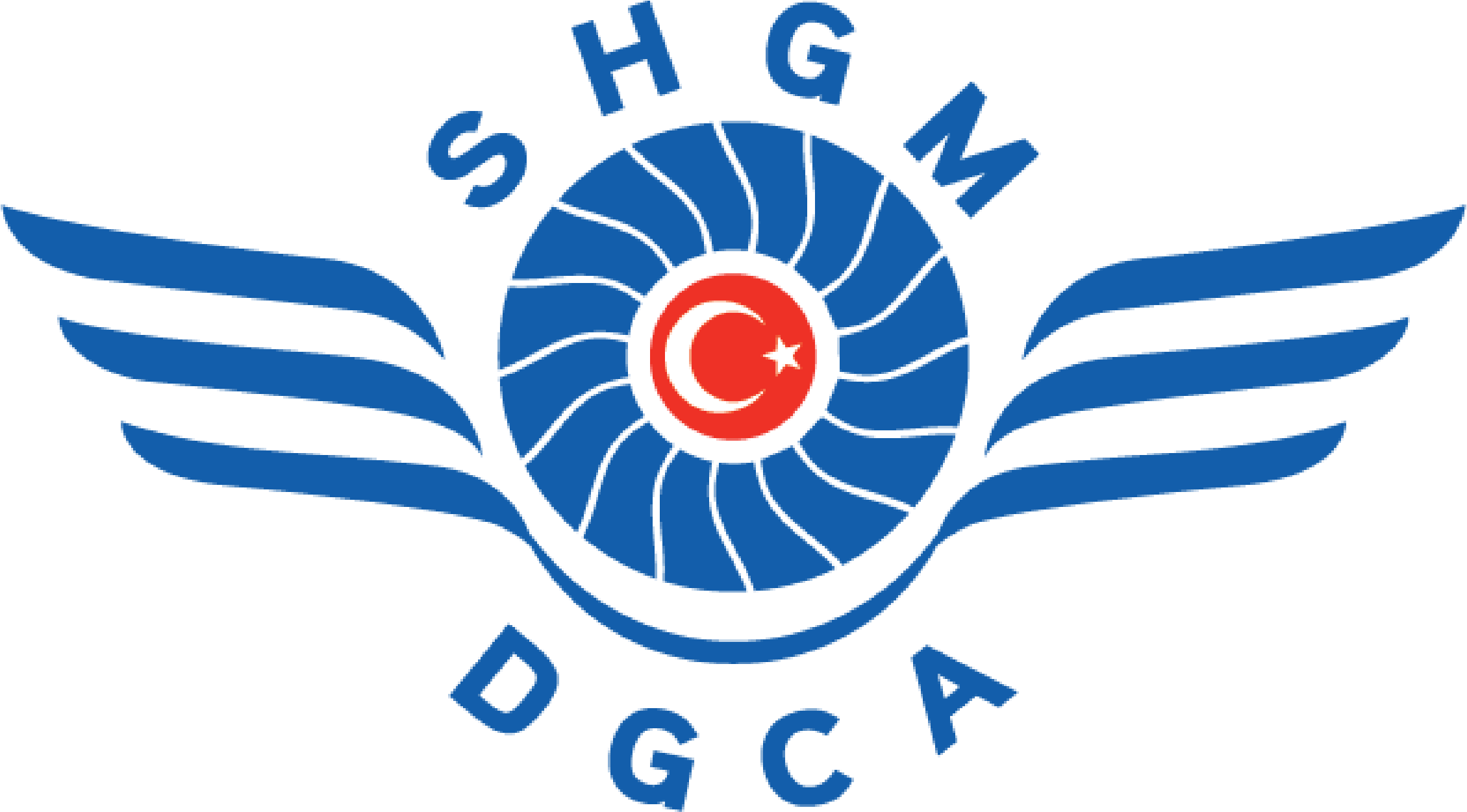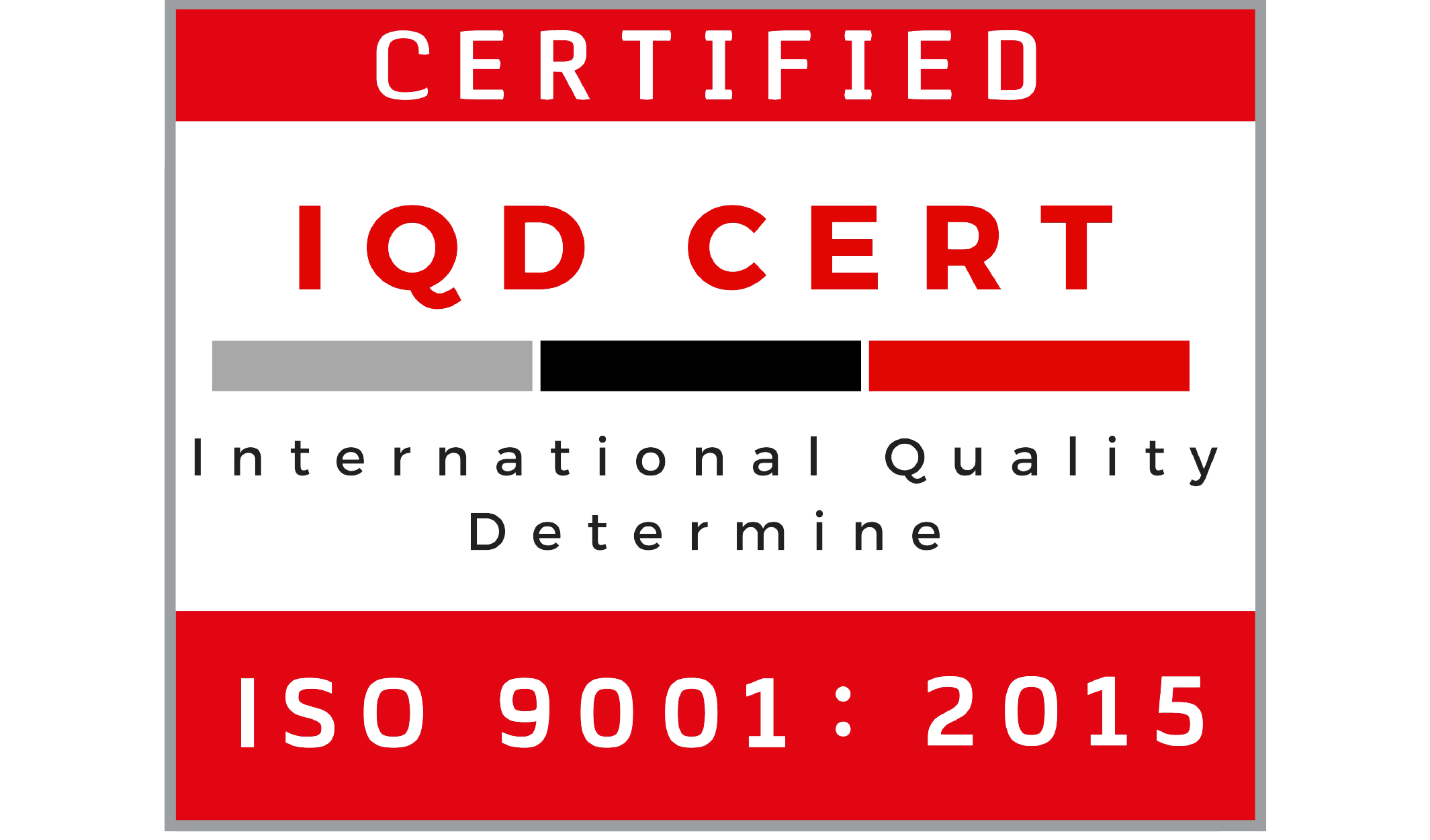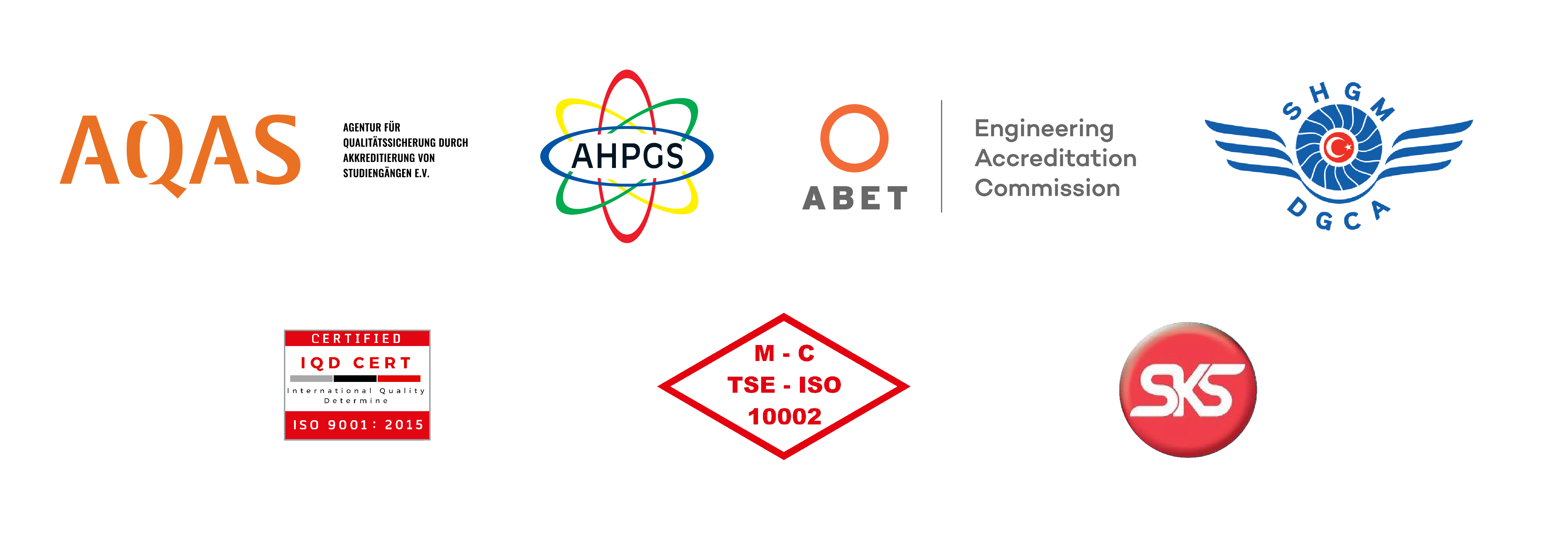“Preoperative rehabilitation is necessary”
Physiotherapist Çağıl Ertürk discussing the importance of rehabilitation for patients who have knee arthritis before and after knee replacement surgery said: “The ratio of coming together physiotherapists with patients before surgery is quite low. However, it is necessary to meet with the patient and make appropriate exercise planning.”
Remarking that especially in elderly patients with respiratory system disorder, breathing exercises should not be forgotten, Lecturer of Istanbul Gelişim University Department of Physiotherapy and Rehabilitation Department Physiotherapist Çağıl Ertürk continued as follows:
“Patients with previous circulatory disorders should be evaluated for early mobilization by considering the risk of clots and embolism after surgery. Iron deficiency anemia is common in elderly patients and anemia should be corrected in the preoperative period. Patients with chronic infection should be well evaluated because of the risk of postoperative prosthesis infection, and treatment should be given because if the infection is not fully treated, then the prosthesis's compliance with the tissue is very difficult.”
“EXERCISE PLANNING MUST BE DONE”
Ertürk stating that the rate of getting together of physiotherapists with the patients before the surgery is quite low said: “However, it is necessary to meet with the patient and make appropriate exercise planning. The regional exercises and breathing exercises given to the patient before surgery prepare the patient for the operation and significantly reduces the time after which the patient maintains independent activities of daily living. In this sense, awareness should be made and appropriate exercise planning should be made by a physical therapist in the pre-operative period with personal assessment”.
“REHABILITATION MUST BE STARTED IN EARLY PERIOD”
Ertürk underlining the necessity to start rehabilitation after the first day of surgery, added: “The results of the rehabilitation program before surgery or trauma will be so positive. Otherwise, while early rehabilitation is not started in the clinic, and the index is very limited in the next period of the angle of bending, and in order to reorganize it is required the 2nd operation. In order not to experience such a situation, personal assessment should be done by a physiotherapist from the first day of operation and personalized exercises should be planned. Not only the muscles related to the knee but also the muscles that involve the ankle, knee and hip joint should be included in the exercise program, taking into account the patient's ability to do so. The non-surgical side of the patient should be evaluated in terms of muscle strength and functionality and included in the treatment.”
“HOME EXERCISE IS IMPORTANT”
Stating that the patients should be given home exercise program after discharge, Physiotherapist Çağıl Ertürk from Istanbul Gelisim University said: “Exercises should be performed twice a day. Each movement should be repeated 10 to 15 times, and pain and fatigue should be avoided. In order to concentrate on exercise, the numbers should be counted consecutively and regular breathing should be considered during exercise”.
“IT IS POSSIBLE TO REDUCE PAIN WITH MASSAGE”
Noting that in the post-surgery period, while the wound healing process is completed and the risk of infection eliminated, patients should be applied massage therapy, Ertürk said: “By massage, it is possible to increase the range of motion and function of the joint and to reduce the pain. The massage regulates the subcutaneous tissue, improves the functionality of the muscle and reduces pain in the patient and ensures compliance with the treatment and more comfortable exercises.”
.jpg) Created Date: : Wednesday, February 13, 2019
Created Date: : Wednesday, February 13, 2019
.jpg) Created Date: : Wednesday, February 13, 2019
Created Date: : Wednesday, February 13, 2019







